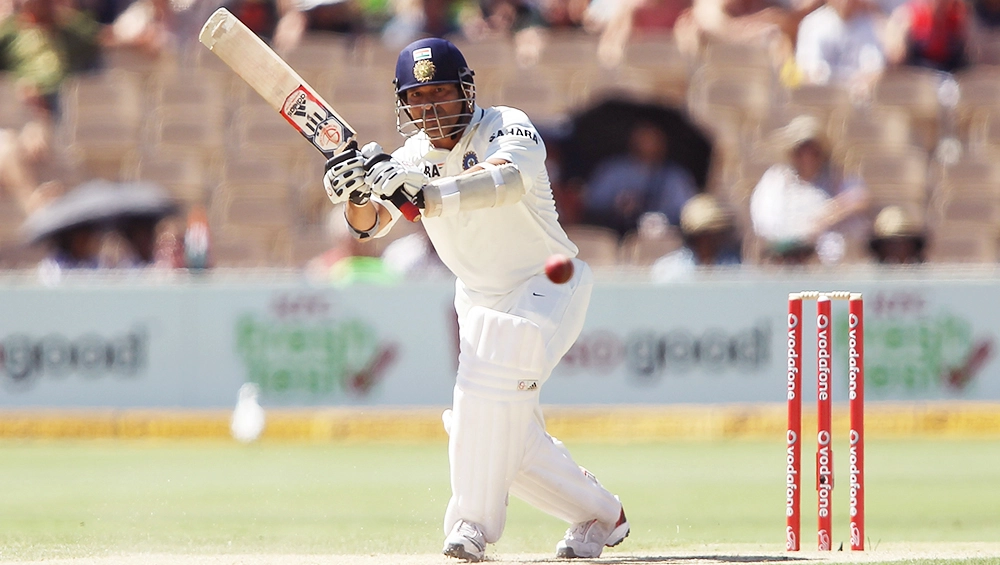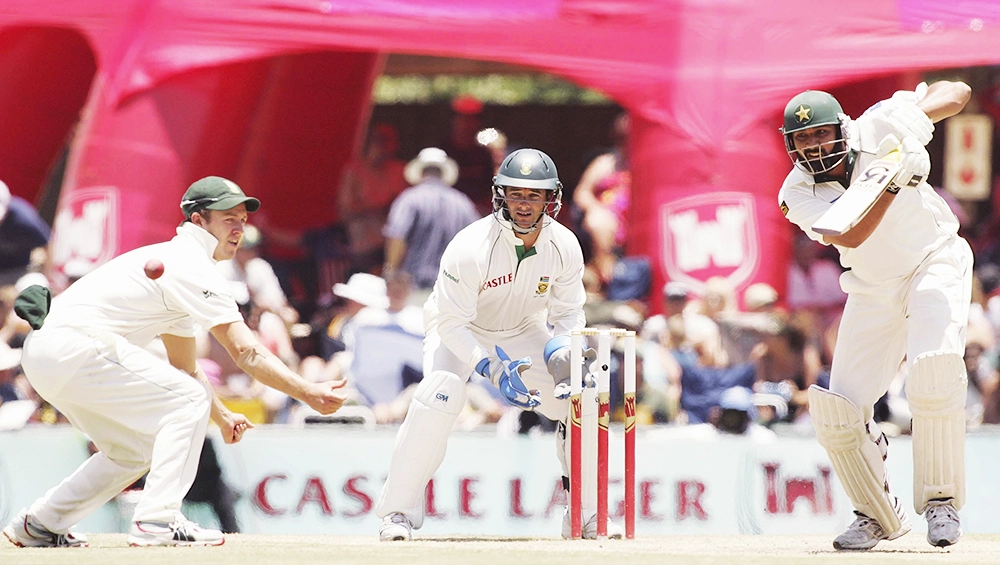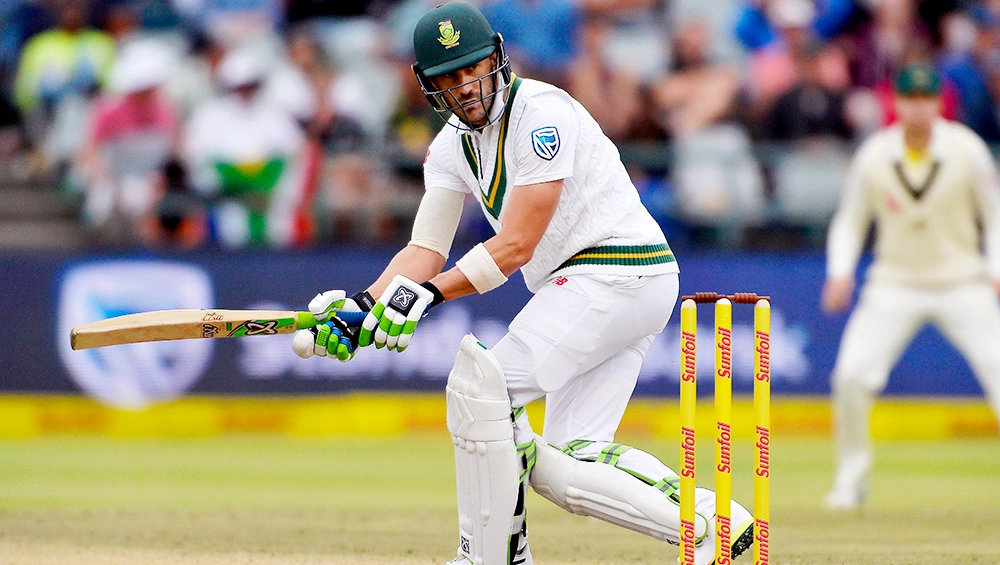Sri Lanka captain Dinesh Chandimal was handed a one-test match suspension, for his role in ball-tampering, during their ongoing Test Series against West Indies in the Caribbean. As the umpires found Chandimal guilty of tampering the ball; they awarded five penalty runs to West Indies team, and the ball was replaced. We look at what this fuss is all about!
What is Ball Tampering?
Ball-tampering falls under Law 41 – Unfair Play, as stated by the Marylebone Cricket Club (MCC) – a body that regulates laws and rules of the game. Here's a look at the ball-tampering rules in brief:
Section 41.3.1 states, "the umpires shall make frequent and irregular inspections of the ball. In addition, they shall immediately inspect the ball if they suspect anyone of attempting to change the condition of the ball, except as permitted in 41.3.2."
Section 41.3.2 states, "it is an offence for any player to take any action which changes the condition of the ball."
The law further states that a fielder may, however:
a. Polish the ball on his/her clothing provided that no artificial substance is used and that such polishing wastes no time.
b. Remove mud from the ball under the supervision of an umpire.
c. Dry a wet ball on a piece of cloth that has been approved by the umpires.
By the level of foul committed, the match referee decides and announcement punishment for the same. However, the match umpire awards five penalty runs to the opposition and asks for a replacement of the ball, immediately.
The episode of ball tampering is nothing new in the game of cricket. The instances of altering the condition of the cricket ball date back to the 1970s where players have resorted to this illegal method to change the state of the ball in their favour. Players have also used foreign substances on the ball’s surface to keep it bowler-friendly.
The first major ball-tampering scandal came to fore was in 1994, where England’s Mike Atherton rubbed loose dirt from his pocket on the ball in a Test match against the South African team. We, at LatestLY, bring you a list of ball-tampering episodes that brought disrepute to the game.
1. Sachin Tendulkar, India, 2001.

There was a huge furore in India when Sachin Tendulkar was initially charged with ball-tampering during the Test series in South Africa in 2001. Match referee Mike Denness had handed a one-match suspension to Tendulkar as he was seen scuffing the seam of the ball. In his defence, Tendulkar maintained that he was only removing the dirt (piece of grass struck) from the seam of the ball.
The issue escalated quickly as there were allegations of racism against Denness. The ICC had to revoke the status of the match as a test match. Eventually, the ICC cleared Tendulkar of ball tampering charges.
2. Inzamam ul-Haq, Pakistan, 2006.

Who doesn’t remember Pakistan's absence after the tea break in the fourth test match at Oval in 2006? The game was going on smoothly until the tea break, after which the Pakistani players refused to turn up. They were protesting the umpires' (Darell Hair and Billy Doctrove's) allegation that the players under Inzamam-ul-Haq 's leadership had indulged in ball tampering. Five penalty runs were awarded to the England team, and the ball was replaced.
The umpires then ruled the match in England’s favour, citing forfeiture by Pakistan. But after some discussions between the England and Wales Cricket Board (ECB) and Pakistan Cricket Board (PCB), the match resumed after an hour. But by then, the umpires decided to not to continue, to stick to their previous ruling that Pakistan forfeited to play, and declaring England as the winners.
A press conference by ECB announced that the test match had been called off and that England was the winner. It was the first time a game had such an outcome as an aftermath of ball tampering. Later, the Pakistani captain Inzamam was cleared of the ball-tampering charges.
3. Shahid Afridi, Pakistan, 2010.

Shahid Afridi was handed a two-match suspension by the match referee Ranjan Madugalle, after being caught biting the ball in the 5th ODI against Australia, in 2010. Afridi, who was leading the team in Mohammad Yousuf’s absence, was seen chewing the ball on cameras on a couple of occasions. The on-field umpires were informed about the same by the TV umpire.
The umpires replaced the ball immediately. In the hearing called by match referee after the match, Afridi pleaded guilty to the charges and apologised for the same. He had then said, “I shouldn't have done it. It just happened. I was trying to help my bowlers and win a match, one match.”
4. Faf du Plessis, South Africa, 2013.

Faf du Plessis was caught on the camera while roughing up the ball on the zip on his trousers, in a test match against Pakistan. The match referee then imposed 50 percent match fee as a fine on the South African player.
The Proteas decided not to appeal against the sanction as it would invite more substantial penalties. Du Plessis pleaded guilty after the match. It was one of the rare instances when the player was let-off with a mild punishment.
5. David Warner, Steve Smith, and Cameron Bancroft, Australia, 2018.

The horrors of ball tampering returned when the trio Steve Smith, David Warner, and Cameron Bancroft indulged in the illegal practice during the third test match against South Africa, earlier this year. Bancroft was caught on the camera where he was seen rubbing a yellow object to the ball. Later, it was revealed to be a piece of sandpaper.
The ICC then handed Steve Smith a one-match suspension and was fined 100 percent of his match fees, whereas, Cameron Bancroft was fined 75 percent of his match fees.
The public outcry saw Cricket Australia announcing stricter sanctions as Steve Smith and David Warner were banned for 12 months, whereas Cameron Bancroft was banned for nine months. Even coach Darren Lehmann stepped down from the post of head coach of the Australian cricket team.
The International Cricket Council have become stricter in recent times. With the number of cameras (angles) on the ground going up, it has become almost impossible for the players to indulge in ball-tampering. However, recent activities involving Steve Smith and Dinesh Chandimal suggest that players are willing to go to any lengths to win the game!
(The above story first appeared on LatestLY on Jun 20, 2018 03:31 PM IST. For more news and updates on politics, world, sports, entertainment and lifestyle, log on to our website latestly.com).













 Quickly
Quickly




















